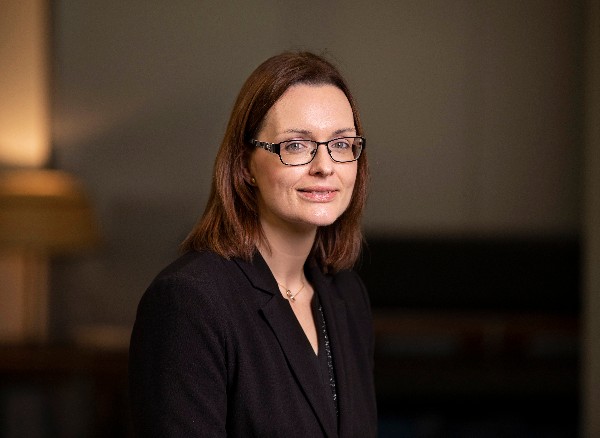- April 15, 2019
- Posted by: granitewordpress
- Category: News

INTRODUCTION
A new piece of legislation, Part IV of the Civil Liability (Amendment) Act, 2017 (the “Act”) introduced a new statutory process of voluntary open disclosure of patient safety incidents. It commenced on 22nd September 2018 and provides important protections regarding information and apologies given during the statutory disclosure process (“CLA Open Disclosure”).
CLA Open Disclosure provides certain protections in respect of how the information and/or apology given to the patient can be used subsequently.The statutory protections do not apply to any disclosures made to patients, unless they are made completely and entirely in line with the steps set out under CLA Open Disclosure.
CLA Open Disclosure is not mandatory – it is a voluntary process.
WHEN MIGHT CLA OPEN DISCLOSURE ARISE?
Where a Patient Safety Incident occurs, the health services provider may make an open disclosure of the incident to the patient and/or a relevant person (where the patient lacks capacity, has died or has requested the health services provider make open disclosure to the relevant person).
Section 8 of the Act defines a Patient Safety Incident as an incident which occurred in the course of the provision of health service to a patient which:
- caused unintended or unanticipated injury, or harm;
- did not result in actual injury or harm but was one which caused the health services provider to have reasonable grounds to believe placed the patient at risk of unintended or unanticipated injury or harm or
- in the absence of prevention by intervention, could have resulted in unanticipated or unintended injury or harm.
A Patient Safety Incident therefore includes incidents causing actual harm as well as “near miss” and “no harm” events.
PROCESS FOR MAKING CLA OPEN DISCLOSURE
The Act sets out a detailed process for open disclosure which must be followed if the statutory protections are to apply.
The disclosure must be made at a specific open disclosure meeting by the patient’s principal health practitioner (or alternative appropriate health practitioner) to the patient (and/or relevant person) on behalf of the health services provider.
It should be done ideally by a face-to-face meeting but if it is not practicable for the patient to attend a meeting, the patient can be contacted by phone or similar method of communication.
The open disclosure meeting must be held as soon as practicable after the patient safety incident.
INFORMATION TO BE PROVIDED AT THE OPEN DISCLOSURE MEETING
Section 16 (3) of the Act sets out that the patient must be provided with the following information known to the health services provider at the time of the meeting:
- Who is present at the open disclosure meeting?
- A description of the Patient Safety Incident
- The date on which the incident occurred.
- When and how it came to the notice of the healthcare provider.
- A description of the incident, its physical and psychological consequences and any further consequences.
- Where there are reasonable grounds for believing that no physical or psychological consequences are likely to present or develop, a statement to that effect.
- What the treatment and care plan for the patient is to deal with any of the consequences arising out of the incident.
- Actions, policies and procedures proposed or taken to address the incident.
- Apology where appropriate.
- Statement in writing which includes the above information, the wording of the apology and the date of the meeting, signed by the health practitioner.
PROTECTIONS REGARDING INFORMATION AND APOLOGY PROVIDED
Section 10 of the Act states that any information provided, and apology where made, at an open disclosure or additional information meeting or as part of any subsequent clarification:
- Will not constitute an admission of, and shall not be admissible of evidence of, fault or liability in civil proceedings.
- Will not constitute or be admissible of evidence of fault, professional misconduct, poor professional performance in any disciplinary proceedings.
- Will not invalidate insurance or indemnity.
OTHER MATTERS
- The Act provides for the provision of additional information at an additional information meeting and the detailed process to be followed (Section 18 of the Act).
- A patient/relevant person may, at any time after the open disclosure or additional information meeting seek clarification of information provided. (Section 19 of the Act).
- A patient or relevant person can refuse to take part in the open disclosure process. (Section 17 of the Act).
- Where a health service provider is unable to contact a patient for the purpose of arranging an open disclosure meeting, they must take “all steps reasonably open” to establish contact and record the steps taken (Section 20 of the Act).
______________________________________________________________________
ABOUT THE AUTHOR
Yvonne Joyce, Partner at Comyn Kelleher Tobin, has extensive experience in all aspects of defending clinical negligence claims and has been involved in many high value catastrophic injuries cases concerning complex issues of liability, causation and quantum. She also provides advice on all aspects of healthcare law including the duty of confidentiality and consent.